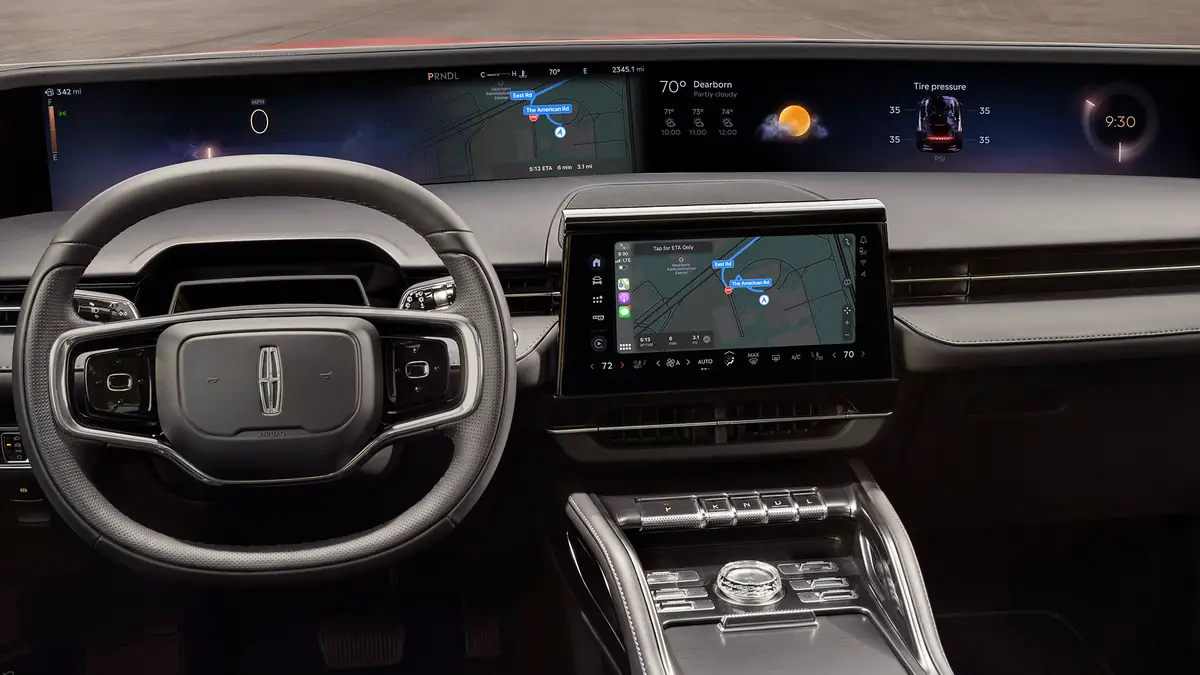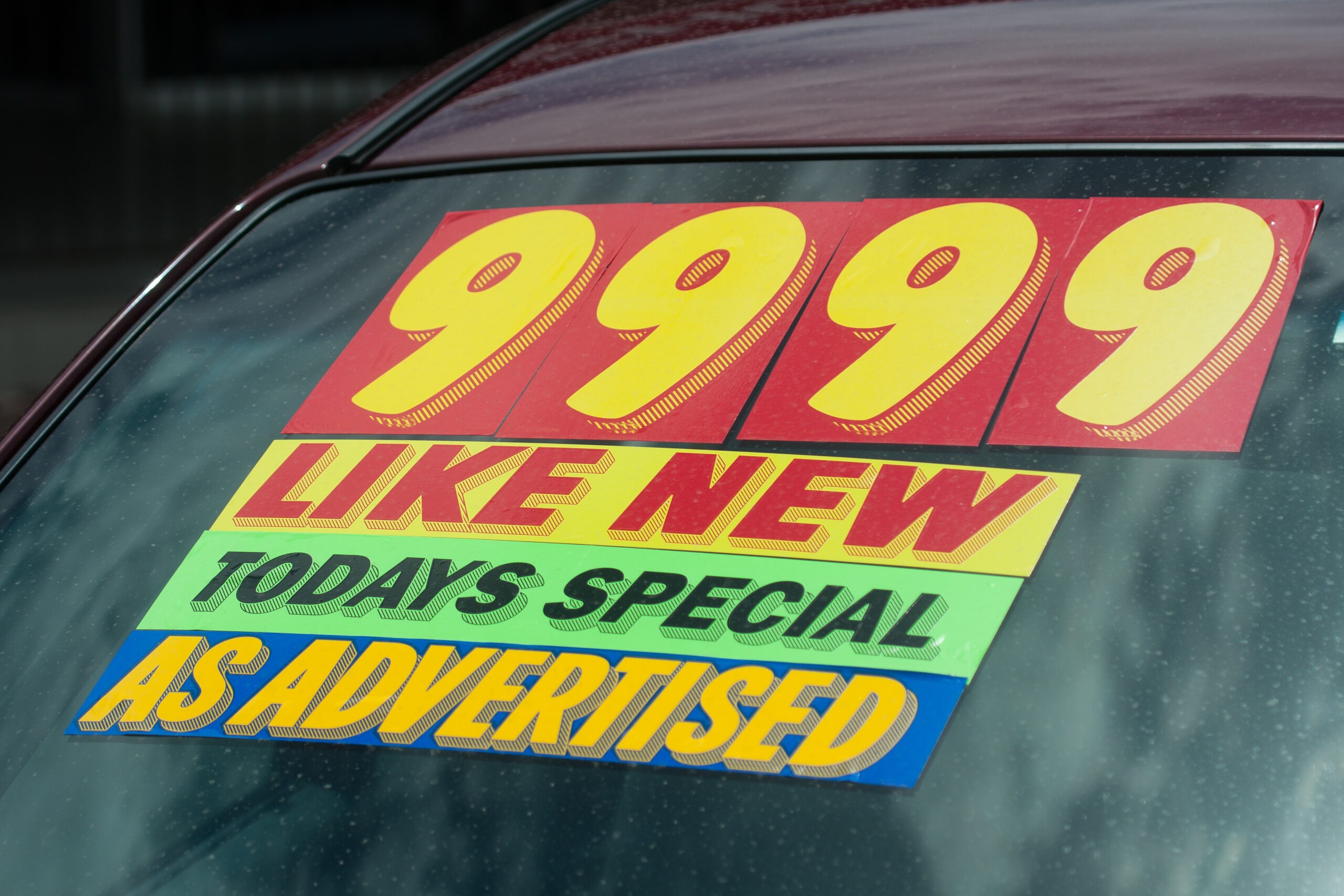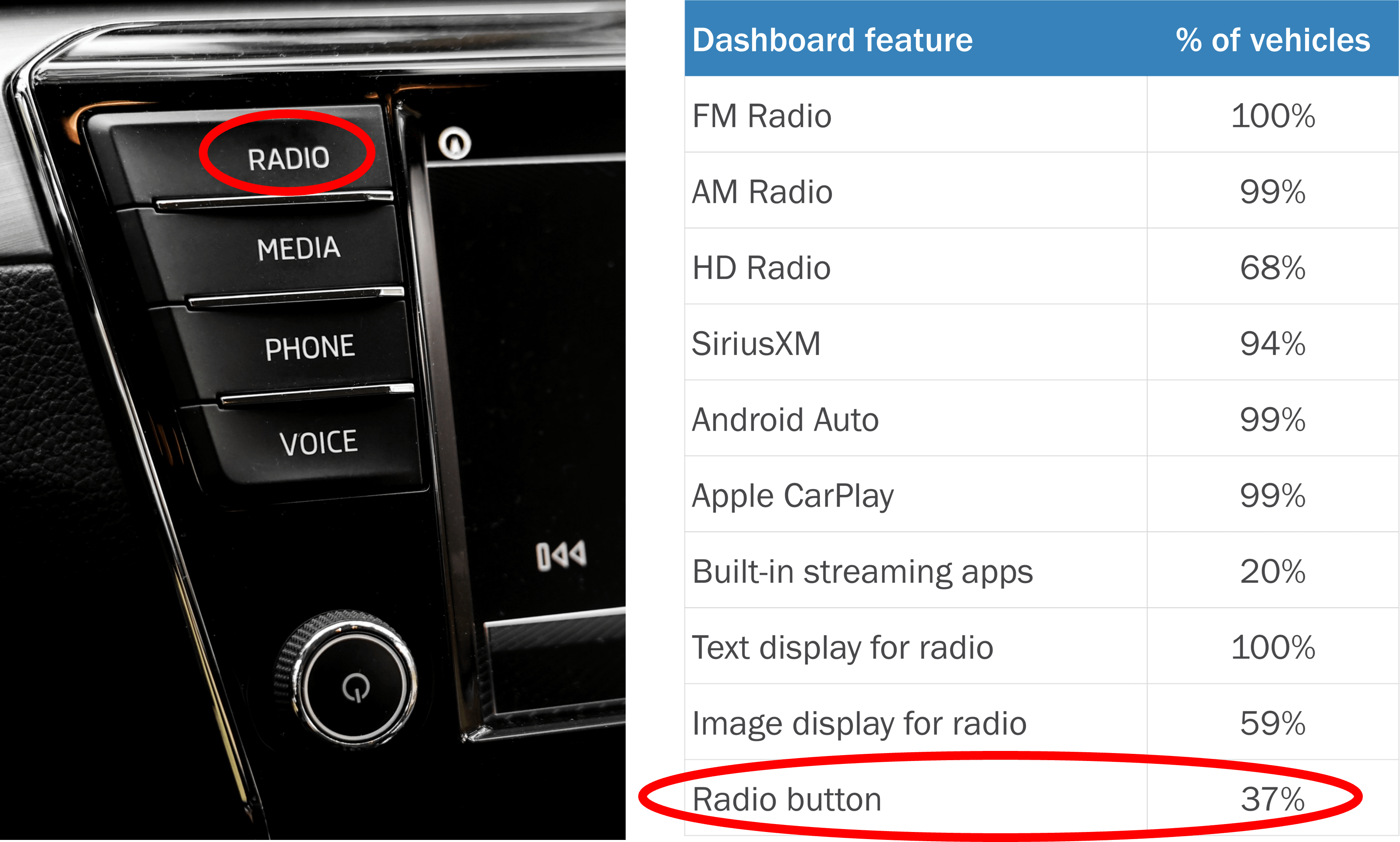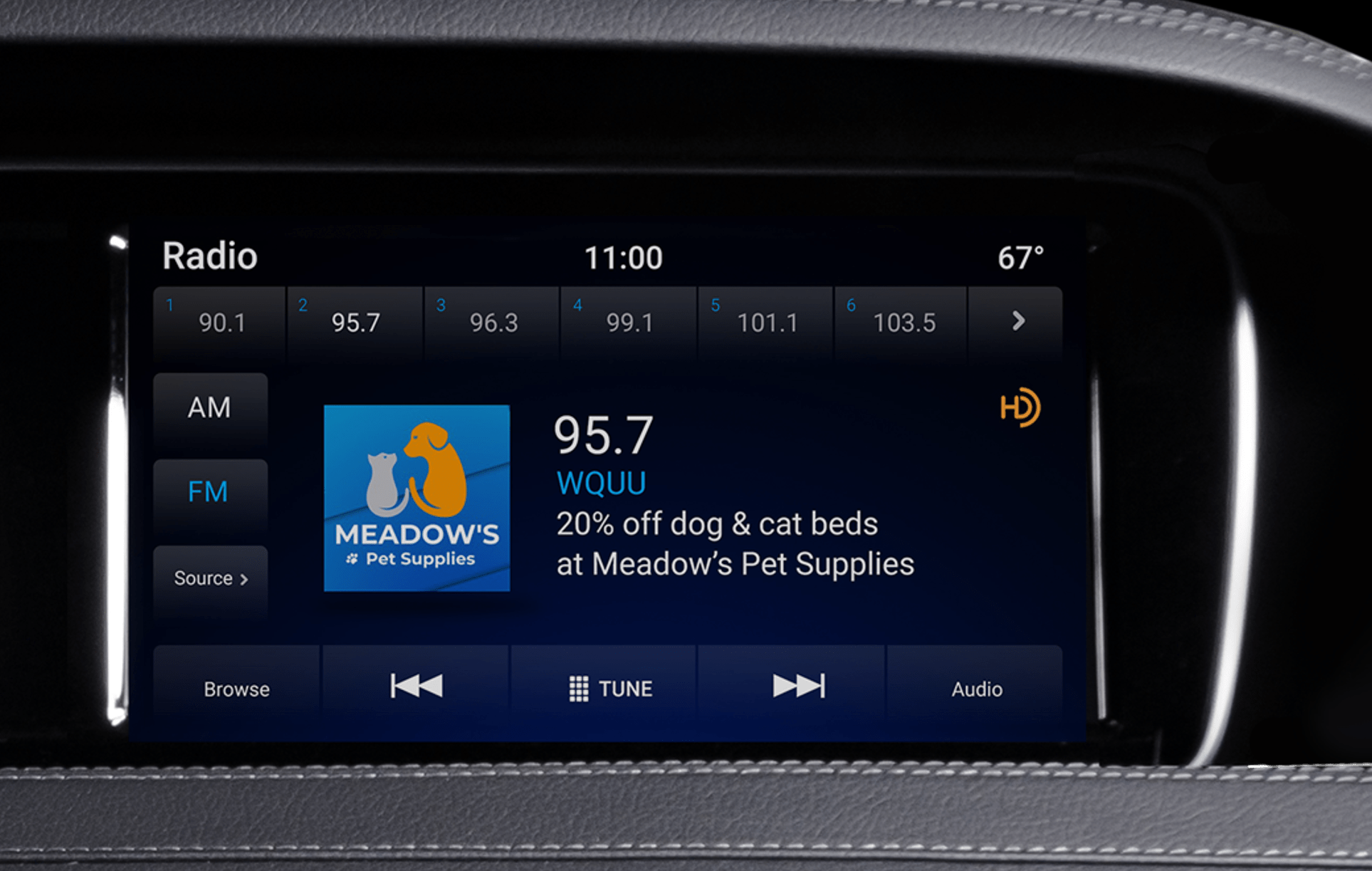
Žižkov Television Tower – Prague
Most of you reading this blog work in and around American radio. For the most part, so do I.
But there’s a great big world of radio outside North America that is always stimulating and fascinating. At various points, I’ve been honored to speak at international radio events, including Radiodays Europe as well as egta conferences.
Last week, I co-presented alongside the NAB’s April Carty-Sipp at the WorldDAB Automotive event in Prague. This was an opportunity to connect not only with radio people from around the globe, but also decision makers from the auto industry.
Listeners choose radio because it’s easy to listen to and is free says @fnjacobs, @jacobsmedia with April Carty-Sipp, @nabtweets at#WorldDABAuto24 pic.twitter.com/Qis5sM5e7L
— WorldDAB (@WorldDAB) June 13, 2024
One thing is for sure – our fixation here in America with cars and trucks is no anomaly. International broadcasters are every bit as engaged. And while the issues differ somewhat from country to country, the main themes are the same.
Radio is resilient and fighting for its place in the cars of the future. That battle is taking on different shapes depending on where you go. In Europe in particular, much of this one-day conference was focused on the adopting of DAB throughout the continent. We heard from some of the biggest players in Czech, Austrian, and Swiss radio outlining the progress they’ve made and their future plans for digital radio.
A number of months ago, I wrote about “The Playbook,” a product of the European Broadcasters Union designed to unify the industry to bring radio and automotive together to create a better in-car dashboard experience.
While the Europeans are fixated on digitizing their vehicles, here in America, we continue to lobby to keep AM radio in new cars and trucks. In fact, yesterday the NAB sent new ads to broadcasters everywhere, designed to bring the “AM Radio For Every Vehicle Act” to the floor of the House or the Senate.
Hopefully, sooner than later.
But in the auto industry, timing is everything. While broadcasters were cajoling their legislators about the efficacy of radio in new cars, little did we know there may be a shift underway to old vehicles.
A recent Wall Street Journal article by Dan Neil sums up the reasons for “The Playbook.” The story’s title is compelling:
“No One Wants a New Car Now. Here’s Why.”
Interestingly, the story is based on more anecdotes than data. But the lone stat in the article is 12.6. That’s the number of years the average vehicle in the U.S. is on the road – an all-time high. (If we’re just talking passenger cars – which are getting harder to buy – it’s now at a long-in-the-tooth 14 years.)
 While greater reliability may have something to do with this auto longevity record, Neil posits it might also revolve around older cars not being as tech-dependent. As he explains, more and more consumers have become digital-averse, eschewing new technology and all those computers that keep our vehicles running.
While greater reliability may have something to do with this auto longevity record, Neil posits it might also revolve around older cars not being as tech-dependent. As he explains, more and more consumers have become digital-averse, eschewing new technology and all those computers that keep our vehicles running.
Much of the vitriol is reserved for the increasingly over-complicated infotainment systems installed in virtually every new vehicle that rolls off assembly lines worldwide. As drivers struggle to perform even the simplest tasks in vehicles that are obviously over-engineered, some nostalgically yearn for those good old days of pushbuttons and knobs.
And the situation has only been exacerbated by the increasing number of vehicles equipped with pillar-to-pillar screens, stretching the width of the entire cabin. We’ve shown you this innovation the last few years at CES.
A trend begun by the Mercedes-Benz Hyperscreen has now made its way to the U.S. The Lincoln Navigator’s extended screen (pictured) is the next example of touch screen “inflation.”

This trend toward “previously enjoyed” – OK, “old” – vehicles contradicts our obsession with everything NEW, long the mantra of automakers looking to talk us into the latest model.
Saga Milwaukee President/CEO Bob Bellini sent me the WSJ story, presciently commenting, “We fight to keep AM in-car but who can even find it???”
commenting, “We fight to keep AM in-car but who can even find it???”
It’s becoming harder and harder to argue with that.
But there’s one technology innovation that appears to have broadcasters from around the globe on the same page:
Metadata
Part of my presentation included slides from Quu’s recent audit of the 100 best-selling vehicles in the U.S. Their 2024 “In-Vehicle Visuals Report” revealed that while FM is nearly ubiquitous in these spanking new vehicles, AM is close (98%), and two-thirds have HD Radio.
The missing piece is a “RADIO” button on the dash, a characteristic present in a bit more than one-third (37%) of these vehicles. This was a point made in “The Playbook’s” presentation encouraging automakers to seek more feature consistency in their infotainment systems. A “RADIO” button would be helpful for the more than 80% of consumers who listen each week:

Source: Quu In-Vehicle Visual Report
A related takeaway from our radio friends around the world is just how inconsistent and crude metadata displays can be whether you’re listening in Fresno, Frankfort, or France.
There was frustration from some of these international execs about the challenges convincing broadcasters about the importance of dashboard display – accuracy, aesthetics, and ubiquity.
April used my slide from the Quu webinar this spring in our WorldDAB deck, outlining my takeaways from the metadata audit. The one that’s circled was my point of emphasis:

After working with the Quu technology, as well as conducting numerous interviews with actual drivers from all over the U.S., I am convinced broadcasters are leaving listening occasions on the table by not more actively programming their metadata.
At this point, seeing the artist/title of songs played on their screens is table stakes for drivers. Many desire different dashboard info accurately programmed by their favorite station. Of course, these desires differ by format, and even by station brand, information we have provided in this year’s Techsurvey 2024 (linked at the end of this post).
 But metadata isn’t just for programmers. There are sales opportunities as well. A new survey from Advertiser Perceptions (reported in Inside Radio) among 300 agencies and advertisers indicates four in five (80%) are interested in dashboard ads, up from 64% in 2021.
But metadata isn’t just for programmers. There are sales opportunities as well. A new survey from Advertiser Perceptions (reported in Inside Radio) among 300 agencies and advertisers indicates four in five (80%) are interested in dashboard ads, up from 64% in 2021.
Additionally, this study of advertisers reveals their willingness to spend on radio campaigns that include in-car visuals is now up to 16%.
One final point, somewhat whimsical, but still interesting from the WorldDAB event involved marketing. In Switzerland, they are making progress on shutting down FM in their switchover to DAB+. Obviously, educating an entire country’s populace on the benefits of a move is no easy undertaking.
So, the Swiss plan is to use timely and compelling marketing to help facilitate the transition. Kathrin Kluser from Swiss regulator OFCOM presented their strategy:
Bobbleheads.
That’s right. They’ve created mini-spokespeople who use their perch on car dashboards to make the pitch for DAB+. The five bobbleheads (not being used for merch!!) were on display at the conference, and as you might suspect, they were compelling and generated some buzz late in the afternoon.

A video (not in English) was created for each bobble-spokesperson to tell their story about the benefits of DAB+. It was reinforcement that marketing and creativity can be used to not only soften the impact of new technology, but also to gain acceptance from a broad swath of the public.
As was the case in Prague last week, every time I attend an international conference about radio – and in this case, automotive – I learn new things but I also gain confirmation that our challenges in the U.S. are universal ones.
Thanks to WorldDAB President Jacqueline Bierhorst, Project Director Bernie O’Neill, and April Carty-Sipp for expanding my “world view” last week in Prague.
You can get the 2024 Quu In-Vehicle Visuals report here.
You can get the Techsurvey 2024 slide deck here.
Finally, a word about the tower pictured at the top of today’s post. The WorldDAB’s opening dinner was in a garden restaurant underneath the world-famous Žižkov Television Tower.
It is an amazing piece of tech art that functions as TV and radio transmission towers, but also an apartment, observation deck, and tourist destination. If you look closely, those are babies crawling up the tower. The story of how it was built – yes, there was controversy – makes for an even more compelling narrative and conversation piece. Wikipedia explains.
Originally published by Jacobs Media








